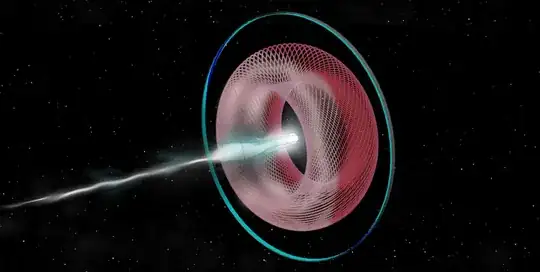Maybe you could cheat. A lot.
Here's what you do. You figure out a way to create a stable wormhole where at least one end doesn't have to be fixed (YOU don't have to do this, you can just say the scientists in your story figured it out.)
You put the non-fixed end in your spaceship. (Oh, also you need to be able to anchor this wormhole end to a physical object. Good thing your fictional scientists are so good at sciencing.)
You put the other end near the star you're about to supernova.
When it goes, "stuff" (whatever that might be) from the supernova goes into the stellar end of the wormhole and comes out the ship end of the wormhole. Your fictional scientists may be semaphoring a bit here, because I've been saying "wormhole" but what you really want is a Portal from the game of the same name, where momentum is only SORT OF conserved ... the magnitude IS, the direction ISN'T.
This allows you to take a small (and hopefully survivable) portion of the supernova energy and use it for propulsion of your ship.
Of course, this is HORRIBLY wasteful. If it's cheap and easy to generate the portals then you could just keep resetting the stellar one a bit further out (and shifted slightly) so you get another slice of the pie instead of letting it go to waste.
Might be better just to drop the stellar end of the portal inside the star and NOT make it go supernova. Then you get starstuff coming out the other end at whatever pressure exists at that point. You could siphon off a LOT (in human terms) of starstuff without hurting the star noticeably, because A LOT (in human terms) is a rounding error on a rounding error in stellar terms.
